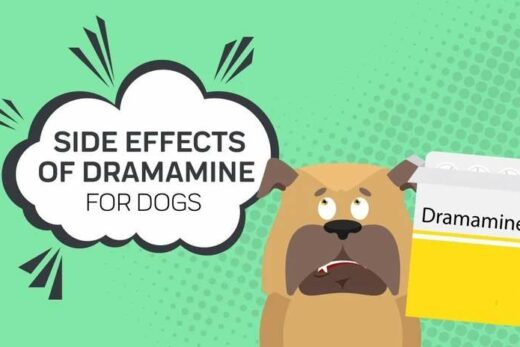If you’re a dog-lover who is allergic to these furry, four-legged cuties, you’ve probably heard someone recommend a hypoallergenic dog.
Perhaps you were visiting a friend who has a dog or were walking in the park and suddenly you encountered a pooch that you just had to pet, knowing that you’ll most likely be itchy and sneezing just minutes later. Will a hypoallergenic dog make these uncomfortable allergy-fests a distant memory?
Unfortunately, 100% hypoallergenic dogs are a myth and do not exist. This common misconception began with the belief that pet allergies are caused by fur. Therefore, if you have a dog that doesn’t shed, you don’t need to worry about allergies.
The truth is that most pet allergies are caused by a protein found in the saliva and urine of dogs. It is common for this protein to stick to dander (the dried flakes of your pet’s skin) and get distributed on your couch, rug, clothing and areas in your house that your dog has contact with. When a person with allergies is exposed to this dander, some common reactions include coughing, wheezing, shortness of breath and itchy skin. Many people who are allergic to dogs are also allergic to other allergens, like pollen and mold spores. Dog hair can also act like a ‘swiffer’, collecting pollen and other allergens through the day.

So, what are some alternatives for allergy-prone dog enthusiasts?
While fur and hair are the same structurally, they have significantly different growth and shedding cycles. Fur has a shorter growth and rest cycle before it sheds, while hair has a longer growth and rest cycle before it sheds. This is why low-shedding breeds, or hairless dogs, make a better option for those with allergies, as they don’t create as much dander. (Of course, all of this is also dependent on other factors like their breed, age and existing skin conditions.)





